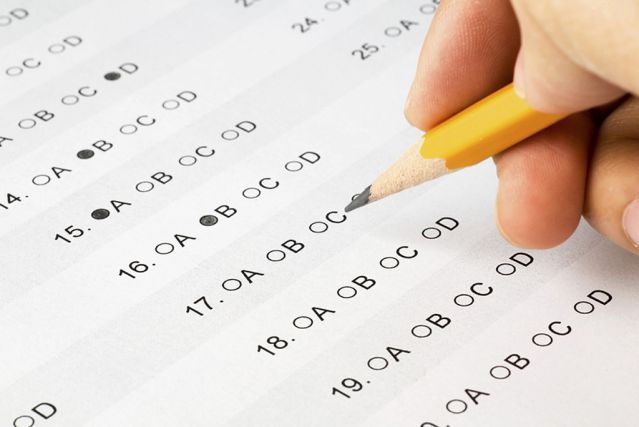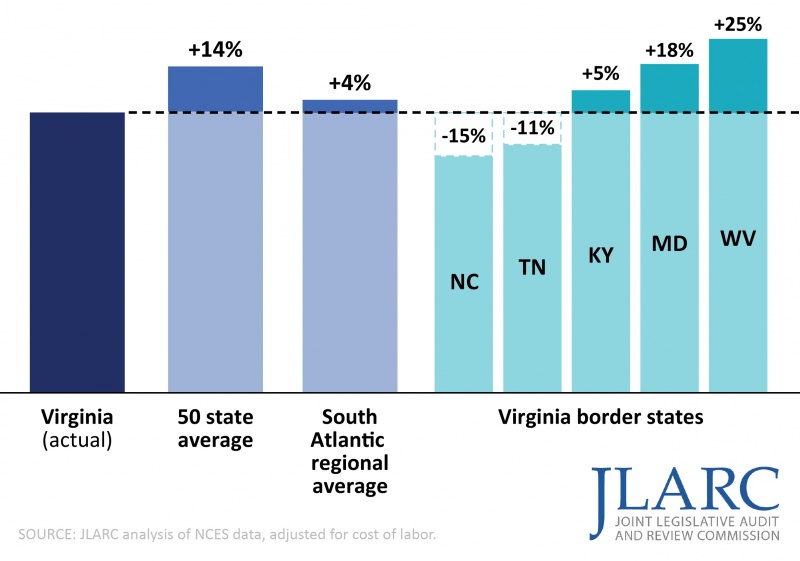Do the SAT and ACT fairly evaluate student knowledge? Do they even the playing field, as they were intended to over a century ago when they were founded? The answer in a nutshell, is no. College readiness testing has actually fulfilled the opposite of its original purpose, highlighting already stark lines that divide students in the United States. Although universities across the country continue to evaluate students on the basis of these tests, their effects have long been antiquated and often produce misleading results.
First, standardized tests divide students on the basis of socio-economi c status. Students who grow up in more affluent school and home environments in high school are significantly more likely to do better on tests like the SAT and ACT. According to the Wall Street Journal, the difference between the poorest and wealthiest in this country is just shy of a whopping 400 points on the SAT. And this score disparity is getting bigger. A recent study by the Annie E. Casey Foundation found that the gap for achievement test scores between the rich and poor has grown by almost 60% since the 1960s, and continues to grow at an alarming rate. The growth of this gap exhibits the disadvantages that plague the middle and lower classes. Once meant to diminish income gaps in the eyes of college admissions officers, standardized test scores now represent these gaps, and colleges are forced to overlook the inequities of the system.
c status. Students who grow up in more affluent school and home environments in high school are significantly more likely to do better on tests like the SAT and ACT. According to the Wall Street Journal, the difference between the poorest and wealthiest in this country is just shy of a whopping 400 points on the SAT. And this score disparity is getting bigger. A recent study by the Annie E. Casey Foundation found that the gap for achievement test scores between the rich and poor has grown by almost 60% since the 1960s, and continues to grow at an alarming rate. The growth of this gap exhibits the disadvantages that plague the middle and lower classes. Once meant to diminish income gaps in the eyes of college admissions officers, standardized test scores now represent these gaps, and colleges are forced to overlook the inequities of the system.
So what are the causes of this divide? Why do lower income students do poorly on these tests, while their more affluent counterparts score 2400s? Advocates for standardized testing argue for the universal distribution of test prep to equalize tests scores, but the problem is much more systemic. A cycle has developed, one that is held together by the threads that are standardized tests.
According to a study done by the Wall Street Journal, students who have parents that are college graduates are significantly more affluent, and as a result have a leg up over their less affluent peers on the SATs and ACTs. This leg up comes from their ability to afford to live in areas with more competitive (often private) schools, their ability to afford expensive coaching, and the value on academics that comes with more affluent society. The circumstances created by income inequality in this country perpetuate a cycle that advantages certain groups over others. Since the SAT is crucial for college, college is crucial for income, and income is crucial for SAT scores, a self-reinforcing cycle develops.
Because the SAT and ACT play such a huge role in college admissions, the proposition for no standardized testing has received immense backlash. But contrary to the claims made by the College Board, it is unlikely that this problem will be eliminated through a simple reconstruction of test formats. The industry that flourishes among the affluent test- takers of this generation has adapted time and time again to restructurings of the SAT and ACT. Multi-billion dollar test prep king, Kaplan Inc., has actually seen an increase in revenue with each new edition of the SAT in the past few decades. An intention of the constant restructuring of the SAT especially, has been to level the playing field, but unfortunately, these attempts exacerbate the very problems they try to eliminate.
So what happens if we do away with the SAT and ACT? Do colleges lose the opportunity to evaluate students in this supposedly objective way? William Hiss, former Dean of Admissions at Bates College, actually finds that students’ performance on the SAT and ACT is a very weak indicator of both academic aptitude and success later in life. Hiss discovers that, “if students have strong high school records, good grades in high school, their odds of doing well in college are very good even with a quite wide range of testing.” Additionally, Hiss finds that, “of the 123,000 students [in the 20 colleges evaluated for the] study, … approximately 30 percent… had not submitted their tests or not had them used for admissions decisions. The difference in cumulative GPAs in college turned out to be five-one-hundredths of a GPA point. The difference in graduation rates turned out to be six-tenths of 1 percent.” Hiss concludes that this difference is, statistically speaking, trivial, and that by using standardized tests as a major factor in admissions decisions, as most American colleges do, they truncate the applicant pool of people who would succeed.
Although many advocates for standardized tests argue that the tests are objective and do even the playing field, the numbers tell us that students’ success on these tests is a result of factors that are too systemic to eliminate. These factors inhibit the ability for students to succeed by their own merit, and they perpetuate a system that has infected academic institutions across the United States. Therefore, the subjectivity of standardized tests, coupled with their ineffectiveness in determining the strongest applicants, provides a strong case for their abolishment.
Photo obtained via Creative Commons License









